They say spending money is much easier than making it. This might be true sometimes, but certainly not in the situation you are now. You're ready to spend your hard-earned money on a wrist ornament, but you have a big problem: you're torn between two excellent timepieces.
Both the Omega Aqua Terra and the Rolex Oyster Perpetual are exceptional watches situated in a similar price range. They are so good in fact, having to choose between them can be paralyzing. Worry not, this article will lay out the facts to help you make an informed decision you won't regret.
I will compare every aspect of those two classics and determine a winner in each category. By the end, I will tell you which model you should choose depending on your watch collector profile.
Measurements
Aqua terra | Oyster perpetual | |
|---|---|---|
38mm / 41mm | Case Diameter | 36mm / 39mm |
19mm / 20mm | Lug Width | 20mm / 20mm |
13mm | Case Thickness | 10,4mm |
45mm / 48mm | Lug-to-lug | 45mm / 48mm |
Aqua terra | Oyster perpetual | |
|---|---|---|
38mm / 41mm | Case Diameter | 36mm / 39mm |
19mm / 20mm | Lug Width | 20mm / 20mm |
13mm | Case Thickness | 10,4mm |
45mm / 48mm | Lug-to-lug | 45mm / 48mm |
The Aqua Terra and the Oyster Perpetual are both offered in different sizes. The Omega AT is currently available in 9 variations: four 38mm models and five 41mm models. Likewise, when buying the Rolex OP, you can choose between six 36mm models and five 39mm models.
The two Aqua Terra models vary by a millimeter when it comes to lug width. Conversely, the Oyster Perpetual uses the same lug width on every variation. A big differentiating feature is the case thickness, which is almost 3mm thicker on the Omega.
It's interesting to note that the lug-to-lug length is practically the same for both watch lines. This means the AT and the OP will look about the same size on your wrist, even though the Omega is bigger on paper.
I recommend the small version of those watches for people in the 5.75'' - 6.5'' wrist range, while men with 6.5''+ wrists should go for the larger version.
Winner: N/A
Features
Aqua terra | Oyster perpetual | |
|---|---|---|
Domed anti-reflective sapphire | Crystal | Flat sapphire |
150m/ 15 bar | Water Resistance | 100m /10 bar |
Signed screw-down | Crown | Signed screw-down |
Exhibition w/ Geneva Waves | Case Back | Stainless Steel |
Super-Luminova | Lume | Chromalight |
Of course, those two timepieces are equipped with sapphire crystals, which is expected from such luxury brands. Omega uses a classic-looking domed sapphire, which is coated with anti-reflective treatment on both sides.
Rolex uses a different approach on the Oyster Perpetual; the sapphire is flat, but the bezel is ''domed''. As you can picture above, the two styles are distinct and they will appeal to different audiences.
The Aqua Terra and the Oyster Perpetual are built for 150m and 100m water resistance respectively. This is accomplished with the use of a screw-down crown, which is signed by the company in both instances.
The two luxury brands had different opinions when it came to choosing the case back design. Omega went with a transparent case back on the AT, while Rolex selected a much more conservative stainless steel case back on the OP.
Finally, both watches use a very bright and long-lasting luminous phosphorescent coating on the hands and indices. Omega applies a Super-Luminova treatment, which is renowned in the industry as one of, if not the best lume available.
Rolex uses its in-house lume application, called Chromalight, which is easily as good as the Super-Luminova.
Winner: Aqua Terra
I think the Omega AT is a clear winner in this category. Not only does it offer more water resistance, it is also equipped with a domed crystal, which to me is always a bonus on a dressier watch.
Also, I think it's a shame not to be able to see your watch's movement at work, particularly when it is a precisely crafted piece of art, as is the case with both these timepieces.
Movement
Aqua terra | Oyster perpetual | |
|---|---|---|
Omega 8800 / 8900 | Caliber | Rolex 3130/3132 |
Automatic | Type | Automatic |
25,200 bph | Frequency | 28,800 bph |
55 hours / 60 hours | Power Reserve | 48 hours |
0 to +5 seconds/day | Precision | -2 to +2 seconds/day |
COSC, METAS | Certifications | COSC |
Shock Resistance, Co-axial escapement, Anti-Magnetic | Special Features | Shock absorber, Parachrom hairspring, Bi-directional wind |
The movement is the biggest selling point of both the AT and the OP. Even though these are entry-level watches from their respective brands, you still get an extremely high-quality movement as you would get if you bought a 25k$+ timepiece.
The Omega uses a different caliber depending on the size; the 38mm gets the Calibre 8800, while the 41mm gets the Calibre 8900. Those two are very similar movements, except for the smaller power reserve of the 8800. In a similar fashion, the Rolex is equipped with either the 3130 or 3132 caliber.
Both manufacturers went with an automatic caliber, which beats at 25,200 bph in the Omega, and 28,800 bph in the Rolex. The power reserve varies greatly from one brand to the other. The Aqua Terra is the leading husky here, with 55 hours on the 39mm and 60 hours on the 41mm.
The 0 to +5 seconds/day precision of the Omega is rewarded by both the COSC and the METAS certifications. On the other hand, the Oyster Perpetual only gets the COSC certification, even though it has a very precise -2 to +2 seconds/day range. METAS simply doesn't allow negative variations.
Each movement is packed with interesting special features. For example, Omega proudly advertises the co-axial escapement in the sub-name of the models. This mechanism reduces mechanical constraints, allowing for less frequent services.
The Oyster Perpetual's 3130/32 movement packs a bunch of Rolex in-house technologies, such as the Parachrom hairspring (increases precision), Paraflex Shock absorber and bi-directional oscillating weight.
Winner: Aqua Terra
The Omega AT takes the win once again. Its bigger power reserve is much more convenient than Rolex's sub-par 48 hours. Furthermore, the timekeeping on both watches is as precise as you need, so there is no real reason to choose one watch over the other for this feature alone.
User experience shows that the Aqua Terra will be easier and cheaper to maintain over long periods of time, so I have no choice but to give it the point.
Design
Aqua terra | Oyster perpetual | |
|---|---|---|
Maritime Heritage | Styling | Classic/Historical |
Teak pattern | Dial | Iridescent |
Rhodium-plated indices | Hour marks | 18 ct gold indices |
4 (38mm) / 7 (41mm) | Color Schemes | 6 (36mm) / 5 (39mm) |
Rubber/Leather/ Steel/Gold | Band | Oystersteel |
The Omega Aqua Terra undoubtedly has the most modern look of the two watches compared above. According to the manufacturer, the Seamaster AT is designed to pay homage to Omega's maritime heritage.
The teak pattern imprinted on the dial of every variation of the Aqua Terra is inspired by a boat's hull. The Omega's 150m water resistance can be disappointing, considered all the effort they put in the maritime styling. Nonetheless, it still has better water-proofing than the Rolex.
For its part, the current Oyster Perpetual is loosely based on the design of the original Rolex Oyster, which goes back to the 1920s. More precisely, the Oyster was released back in 1926, as the world's first waterproof watch.
As you can see above, Rolex kept very few aspects of the original model, as the styling of the two generations is completely different.
The two watchmakers went with different approaches when it comes to the indices material; rhodium-plating on the AT and 18ct gold on the OP. As you may know, rhodium is much more expensive than gold as it gives better scratch and tarnishing prevention.
Both watch lines are offered in 11 different color schemes. The Aqua Terra has more variations of the larger model, while the Oyster Perpetual offers more choice for the smaller model.
Omega really distinguishes itself from Rolex by offering a wide range of band material. Case in point, the Oyster Perpetual is offered in nothing but the trademarked Oystersteel.
The Aqua Terra is much more polyvalent, with the option to get patterned rubber straps, leather bands, stainless steel bracelets and even a rose gold model. The latter also uses a gold casing, which predictably comes with a steep price increase.
Winner: Aqua Terra
Once again, the Aqua Terra takes the lead in the design section, and that's from a completely unbiased point of view. I'm not saying it is the most beautiful of the two timepieces, as this is completely debatable.
What I'm saying is that the Omega is much more versatile, as you can dress it up or down depending on the occasion, thanks to its large band selection. Also, the rhodium-plated indices is a plus as it will help your watch stay fresh for decades to come.
Value
Aqua terra | Oyster perpetual | |
|---|---|---|
$5,400 to $29,200 | Pricing | $5,400 to $5,700 |
5 years | Warranty | 5 years |
Medium | Brand Recognition | High |
The entry price for both the Aqua Terra and the Oyster Perpetual is a relatively low $5,400. Rolex keeps its price range quite simple; $5,400 for any 36mm model and $5,700 for any 39mm model.
The pricing gets a bit more complicated when looking at Omega's selection. You can get both the 38mm and 41mm models at the entry point of $5,400 USD. At this price, your AT is equipped with a leather band.
If you fork out an additional $100, you will instead get a patterned rubber strap with your Omega. The next price point, $5,700 is for models equipped with the steel bracelet. The rose gold case/leather band combination is offered at $7,350 for the 38mm and $8,000 for the 41mm.

Finally, you could get the 41mm version in a rose gold bracelet and case combination for a whopping $29,200. I say ''could'' since all of these limited editions were sold out hours after the release. You can now find them marked up on the pre-owned market.
Winner: Oyster Perpetual
The Oyster takes the win in this category, simply because Rolex priced this model perfectly. You can get one for the same price as the Aqua Terra, and that speaks volume.
We can't deny how strong Rolex's brand is. Not only is it well respected in the watch community, it is also very recognizable to the average Joe. Usually, strong brand recognition comes with a price markup (think Apple), but this isn't the case here.
Conclusion
Get the Aqua Terra if: | get the Oyster Perpetual if: |
|---|---|

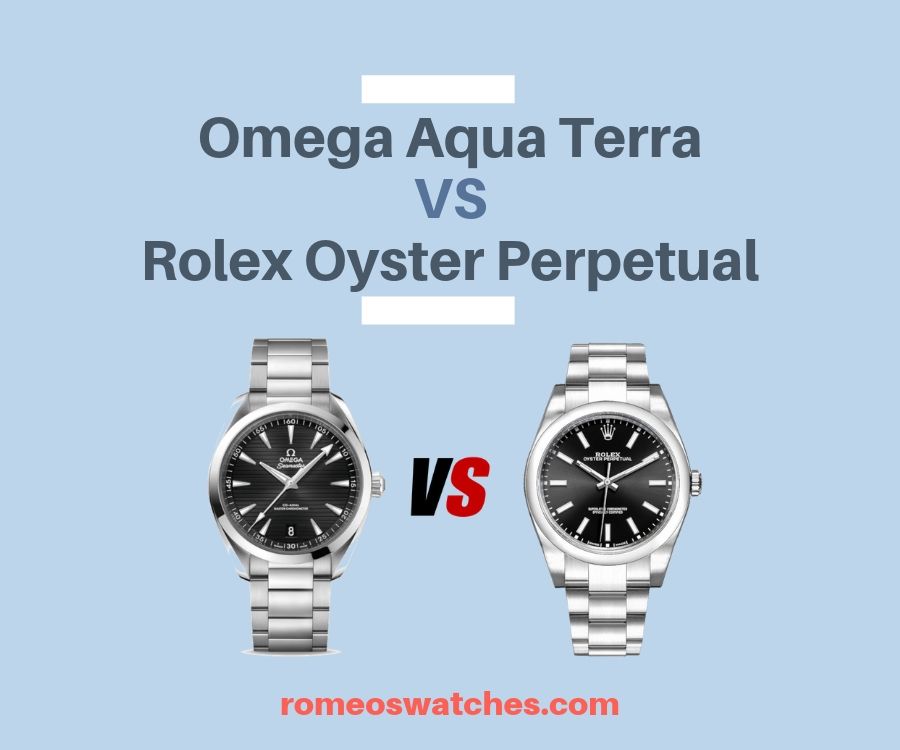











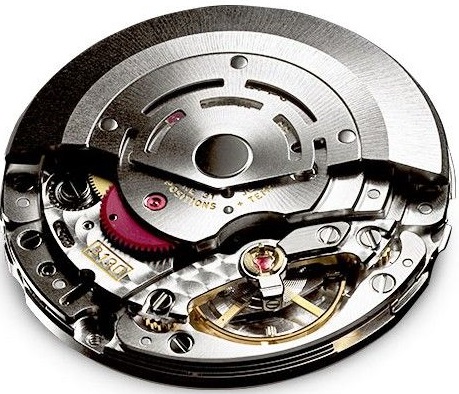




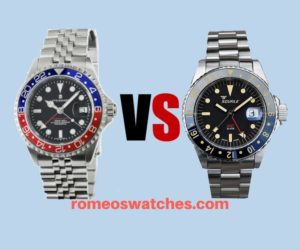
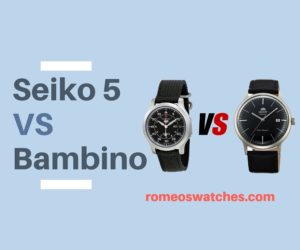
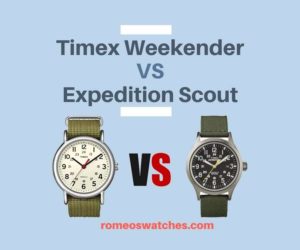
good review.
i just got a black dial OP 39mm and have no regrets!
i’ll never sell it (so i say) but its good to know it holds value so well.
The way many Omegas depreciate, i would never buy one from an Omega Dealer unless he game me a hefty discount.
Thanks for your comment Rob. Make sure you stay on top of maintenance for your OP and it will take good care of you for decades to come. I recommend taking it for a service every 5-7 years, but some say modern models are good for 10 years between services.
Ce test est à charge contre Rolex, faire un test comparatif ne prenant une Omega automatique avec guichet date ne peut comparé à une Rolex automatique sans date, cela n’est pas un test honnête. De plus tout a changé, les test serai complètement différent à la base s’il avait été fait avec deux calibre identique et aujourd’hui les mouvements Rolex sont encore bien mieux qu’à l’époque (2019) le pseudo journaliste ayant effectué les tests à une nette préférence pour Ω.
L’Aqua terra est jolie, mais n’est véritablement pas au niveau de Rolex, quand à dire que le modèle Oméga est plus élégant que le Rolex, c’est complètement stupide, histoire de goût.